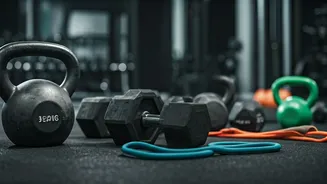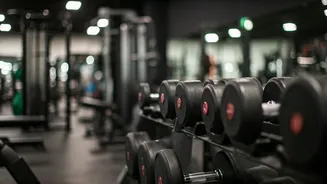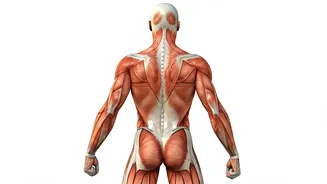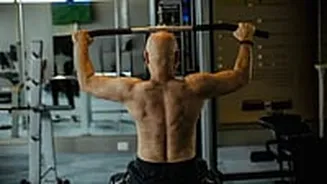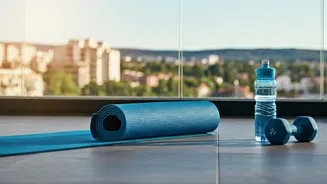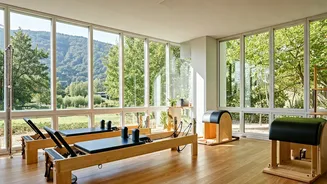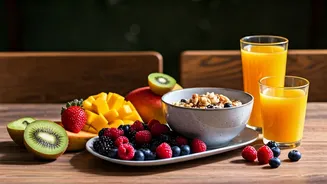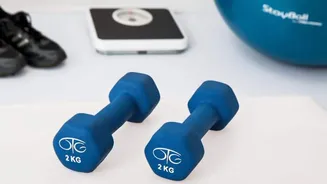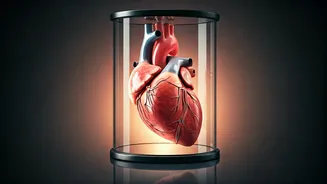Embrace Low-Impact Activities
As we age, our bodies change, and high-impact exercises might not be as kind to our joints. The article suggests considering low-impact workouts as a starting
point. Walking is a fantastic way to begin; it's accessible and easily incorporated into daily life. Swimming offers a full-body workout with minimal stress on the joints, making it an excellent choice for individuals of any age. Cycling, whether outdoors or on a stationary bike, builds cardiovascular fitness without the jarring impact of running. These alternatives allow you to stay active and burn calories, contributing to weight loss without risking injury. Remember to listen to your body and adjust the intensity as needed.
Strength Training is Key
Building and maintaining muscle mass is crucial for metabolism, particularly as we get older. Strength training becomes even more vital as it helps to counteract muscle loss, which naturally occurs with aging. It's recommended to include exercises that target all major muscle groups, such as squats, lunges, push-ups (or modified versions against a wall), and rows. Using body weight or light dumbbells, focus on proper form rather than lifting heavy weights. Regular strength training not only helps to burn calories but also improves bone density, reduces the risk of chronic diseases, and boosts overall functionality and independence. Aim for at least two sessions per week, allowing rest days between each workout to let your muscles recover and rebuild.
Prioritize Core Exercises
A strong core is the foundation for almost every movement. Core exercises focus on strengthening the muscles in the abdomen, back, and hips, which improves posture, balance, and stability. Incorporate exercises like planks, bird dogs, and Russian twists into your routine. Planks are an excellent way to engage multiple core muscles simultaneously. Bird dogs help with balance and core stability, while Russian twists target the oblique muscles. Consistent core training enhances overall functional fitness and reduces the risk of injuries in daily activities. Be mindful of correct form and progressively increase the duration or difficulty of exercises as your strength improves. Aim for short, focused sessions several times a week for best results.
Cardio: Choose Wisely
Cardiovascular exercise is essential for calorie burning and improving heart health, but it's important to choose the right activities. While high-impact cardio might not be suitable, alternatives like brisk walking, jogging on softer surfaces, cycling, or using an elliptical machine provide excellent benefits with less stress on your joints. These activities can raise your heart rate and improve your cardiovascular fitness without the impact of activities like running. Start slowly and gradually increase the intensity and duration of your cardio sessions, making sure to listen to your body and taking rest days to recover. Incorporate a mix of cardio exercises for a balanced fitness approach that supports weight loss and overall wellness.
